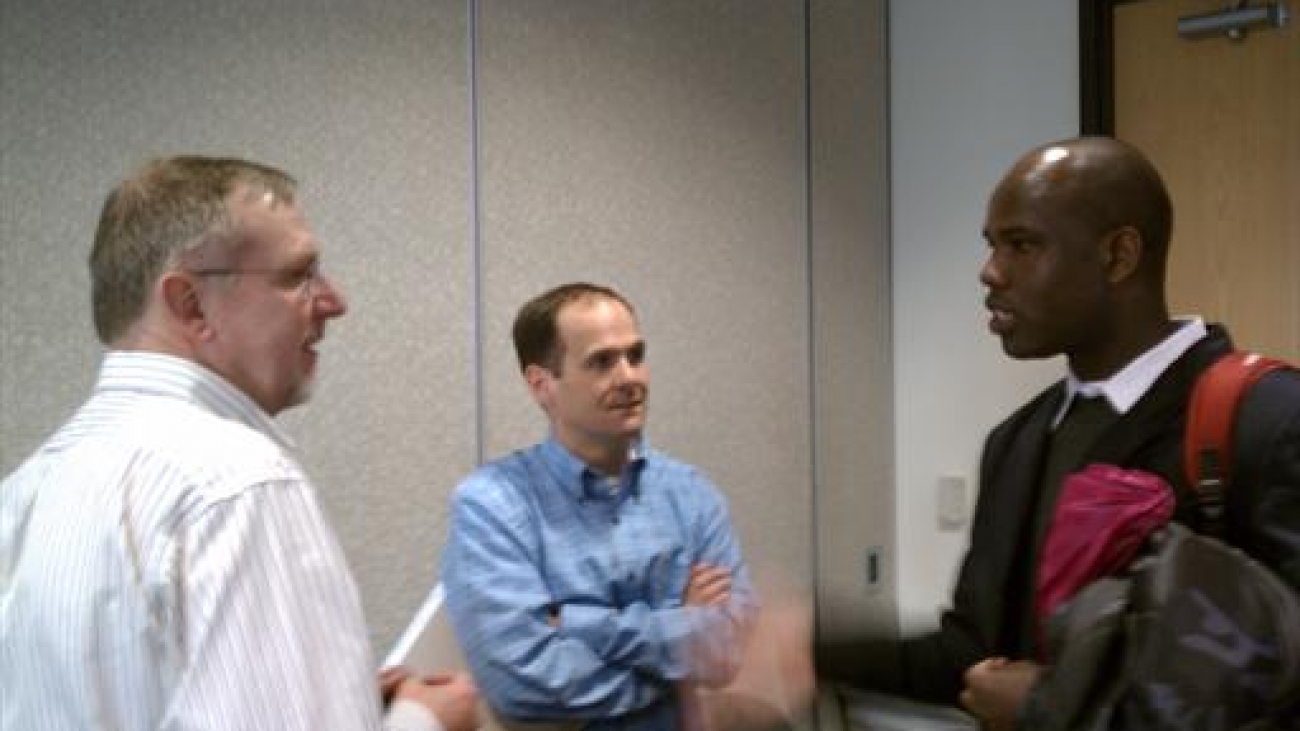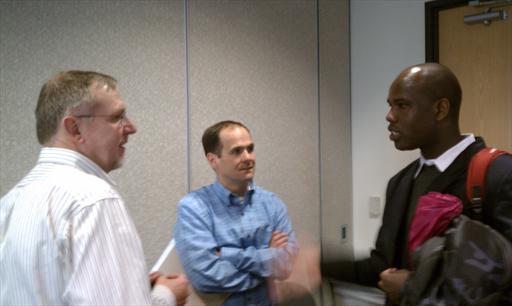Recognizing the true value of critical landscapes against industrial development
Africa’s population is growing at a rate of 2.3 percent annually, compared to 1.1 percent globally. At the same time, the continent is losing about 10 million acres of forest every year to commercial logging and land conversion for roads, agriculture, settlement, and various other developments.
 |
| Rainforest in Gabon. Photo: Axel Rouvin /Flickr |
A recent reaction by GRASP ambassadors Dr. Richard Wrangham with Dr. Jane Goodall speaking out on consumers’
impact of their choices on the survival of great apes.~See: Great Apes Survival Partnership, January 2013
Africa’s forests and woodlands are among the world’s richest source of biodiversity resources and livelihoods for a majority of local people. Africa’s forests have a crucial role to play at the regional and global level, in large part due to ecosystem services including climate regulation, carbon sequestration, repositories for biodiversity, primary and secondary forest products, and water catchment.
In recent years, efforts to localize and internalize the true social, environmental and economic value of intact ecosystems into development plans have come to the fore as irreplaceable landscapes are destroyed at an alarming rate, often in less developed nations. One such effort uses the High Conservation Value (HCV) forest assessments principle developed by the Forest Stewardship Council.
 |
|
Rio Ivindo. Photo Carlos Reis /Flickr
|
- Develop a toolkit for setting HCV thresholds of significance for the coastal forest area of Gabon. This involved analyzing ecological and environmental service data available for the coastal forest biome of Gabon; and
- Investigate the possibilities of scaling up this approach for a methodology applicable to a national or regional scale, particularly in central Africa, identifying biodiversity data gaps and conducting regional HCV evaluations.
The effort resulted in two detailed reports produced by Conservation International and Wildlife Conservation Society experts. The first, authored by Tim Rayden, Technical Advisor for Forestry at the Wildlife Conservation Society, aims at establishing a model approach to setting limits and thresholds to criteria for HCV attributes. Titled Defining HCV Thresholds in Gabon: Year #1 report, it seeks to offer a utility to the process of land use planning by developing parameters that are appropriate for the national context. Key steps in the process include five thematic areas to support Gabon’s national land use planning process:
- Review existing approaches to threshold setting for conservation planning in data-poor contexts and their potential applicability to a stakeholder-led HCV decision making process
- Development of methods for the identification of forest types and land units, to facilitate the planning process
- Identification and modeling of endemic plant hotspots
- Refining the work done so far on population mapping of great apes and elephants
- Using a biotic index of fresh water systems to identify important river catchments
The second report, titled A Global Review of National Guidance for High Conservation Value, was authored by Rachel Neugarten and Conrad Savy of Conservation International. The report reviews an array of toolkits and guidance literature to tease out common themes or areas of consistency that represent best practices with the aim of developing national guidelines.
Rachel Neugarten explains further:
This report highlights several noteworthy findings: The authors recognize that developing guidelines is highly contextual, and thus calls for pragmatic and flexible approaches. They also find there is need for HCV assessment in non-forest landscapes including grasslands and marine ecosystems.
Overall, the authors find a striking lack of quantitatively-based criteria in many toolkits, likely due to the cost of acquiring such data, adding to the challenge of setting thresholds. This is the core challenge that the HCV partners endeavor to resolve through ongoing efforts in a second phase of the Defining HCV Thresholds in Gabon work. WCS and partners will continue publishing maps, develop data into tools and decision support applications for conservation planning, and conduct ground testing to ultimately provide a case study on determining HCV areas in a particular landscape.
The concern about deforestation and climate change is driving increasing public scrutiny of land use decisions. Governments, private sector and NGOs have a common interest in identifying the areas important to conserve. Participatory approaches such as the identification of HCV areas can have a major influence. Our project aims to provide a scientifically robust and transparent basis for why a given area of forest is considered HCV. The aim is to test different thresholds, and to show these on maps, so that stakeholders can see the impacts of their decisions about what is important.
~Tim Rayden, Technical Advisor, Forestry and Climate Change, WCS Congo


